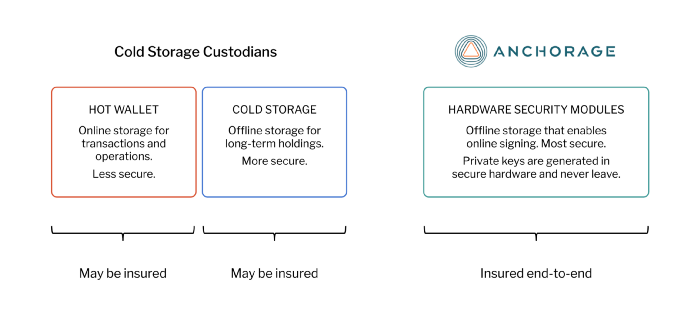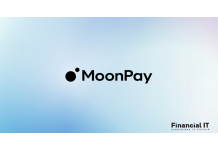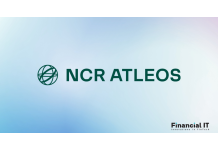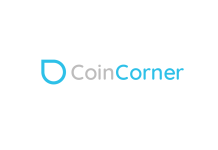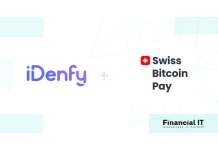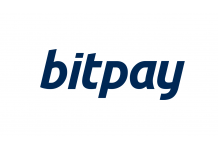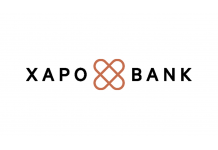MoonPay Launches Embedded Balance Solution on Bitcoin....
- 27.08.2025 01:25 pm
EverGive Surpasses $2 Million in Bitcoin Holdings for...
- 30.07.2025 12:40 pm
BBVA Launches Bitcoin And Ether Trading And Custody...
- 04.07.2025 04:35 pm
NCR Atleos Launches New LibertyX Bitcoin to Cash...
- 29.08.2024 02:40 pm
Candy Jets Partner with CoinCorner To Accept Bitcoin
- 08.05.2024 10:00 am
Swiss Bitcoin Pay Partners with iDenfy to Streamline...
- 07.05.2024 09:05 am
BitPay Adds Support for Over 100 New Cryptocurrencies
- 10.01.2024 12:45 pm
Onramp Launches a Global Bitcoin Asset Management...
- 19.10.2023 02:35 pm
OKX Highlights Long-term Commitment to Bitcoin...
- 08.05.2023 11:00 am
Digital Asset Research’s FTSE DAR Pricing and Exchange...
- 18.04.2023 07:30 am
Xapo Bank Becomes The First Fully Licensed Bank To...
- 21.03.2023 10:30 am
Xapo Bank Becomes the First Bank to Offer Near-Instant...
- 09.03.2023 01:40 pm


